Impressive Archaeological Sites To Visit Once In a Lifetime
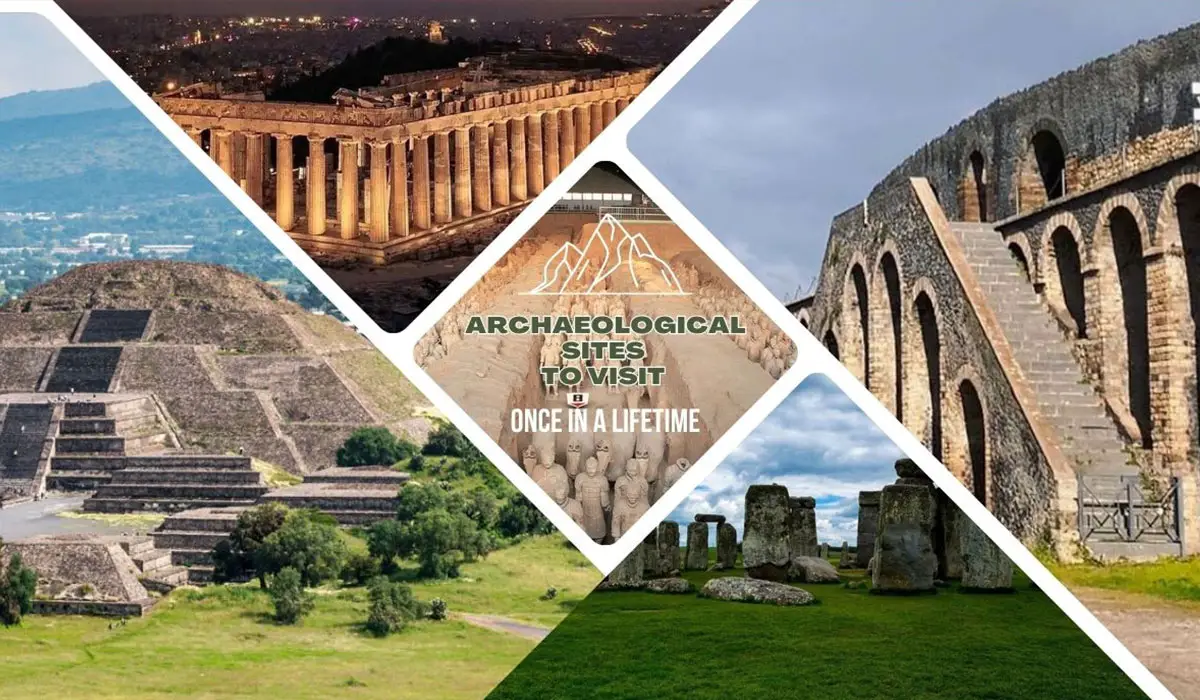
Doesn’t it sound very exciting to follow the footsteps of the ancient Greeks, the Romans, or Egyptians? There is something unreal about exploring the ruins of the ancient place. They give out the magical experience where great cultures once thrived and then faded away.
Few cultural and religious sites have endured through the ages or been unearthed, standing tall as revered landmarks for travelers to admire. Many impressive archaeological remains can be found in almost all parts of the world. But only some of these sites are infused with the air of mystery where no one knows how they were created or their actual story.
Exploring these types of ruins of different long-gone civilizations where mysterious history and cultures thrive is a remarkable experience a traveler could ever ask for. Travelers who love to know about history can learn so much from this place because ancient ruins are about as historical as they get!
Countes of Impressive Archaeological Sites have been discovered till now and have stood as a testament to time. The same Archaeological marvels serve as famous landmarks for historians and travelers. Today, we will be talking about some of the world’s most famous, impressive ancient ruins and Impressive Archaeological Sites that every traveler must visit once in a lifetime.
Machu Picchu – Incan Citadel in the Clouds
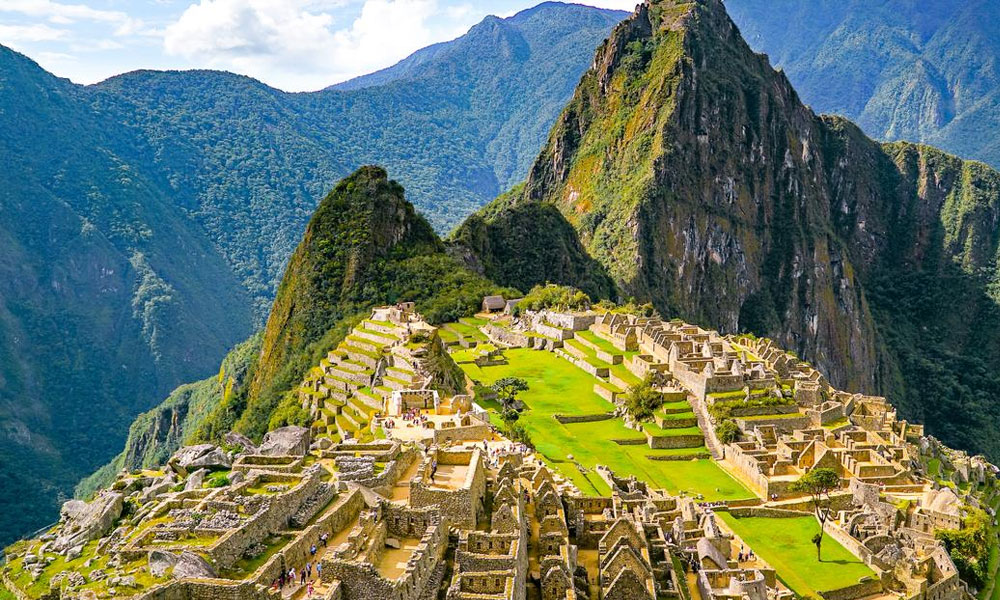
Machu Picchu is an Inca citadel dating back to the 15th century. It is located in Peru between four sacred mountain peaks among the Andes mountains. Machu Picchu is often called the “Lost City of the Incas” and is the most popular symbol of the Incan Empire. This famous Archaeological Site of Peru was a self-contained city and is believed to have been built by the Inca emperor Pachacuti around 1450 AD.
This citadel contains several other buildings, for example, temples, palaces, and baths, including the intricate water-delivery system. Machu Picchu, in the Quechua Indian language, means “Old Peak” or “Old Mountain.”
These Incas are famed as some of the best masons in the world. They are so well built using an ashlar technique ( where stones are cut to fit together without a mortar), leaving no room for the thinnest knife blades to slide between them.
Due to the area’s inaccessibility, Machu Picchu was not intruded during the Spanish conquistadors’ campaign against the Inca in the 1530s. But once the Spanish took over the Inca, this site was abandoned until it was again rediscovered in 1911 by Yale archaeologist Hiram Bingham.
Stonehenge – Prehistoric Monument in England
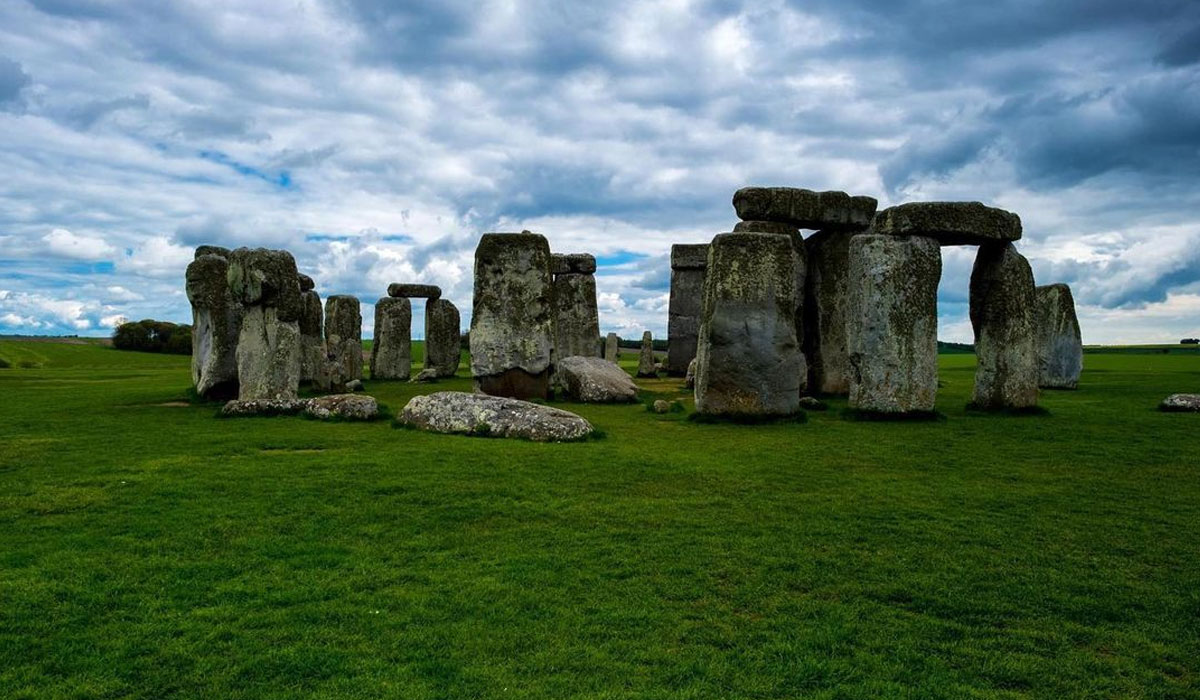
Stonehenge, built around 5,000 years ago, is perhaps the world’s most famous prehistoric monument that still exists today. Known as one of the numerous henges in the United Kingdom, this unique archaeological site comprises massive prehistoric stones that stand vertically. Similarly, the stones are arranged in an inner horseshoe with smaller stones interspersed and in an outer ring.
The site was believed to have been created by the Arthurian wizard Merlin, who magically transported the stones from Ireland. Later, the stones were assembled by giants. There are many other theories related to Stonehenge, among which one says that these stones are the ancient ruins of the Roman temple or were pitched by intruding Danish forces.
Most scientists also believe that the structure of Stonehenge was built in stages by the Bronze Age and Neolithic people, who built this magnificent structure using simple tools and limited technology. While Stonehenge’s history and purpose remain unclear today, this monument is lined up towards sunrise at the summer and winter solstices. With a total height of 13-foot-tall and 7-foot-wide, Stonehenge’s outermost ring is made up of vertical sarsen stones ( Southern England native large sandstone rocks) weighing around 25 tons.
Inside this beautiful monument stands a smaller ring of bluestones. Similarly, these bluestones contain arranged horseshoe free-standing vertical sarsen stones. Human remains have also been discovered in the vicinity, hinting at the possibility that Stonehenge was either a sanctified burial site or a location for ceremonial offerings.
The Colosseum – Icon of Ancient Rome
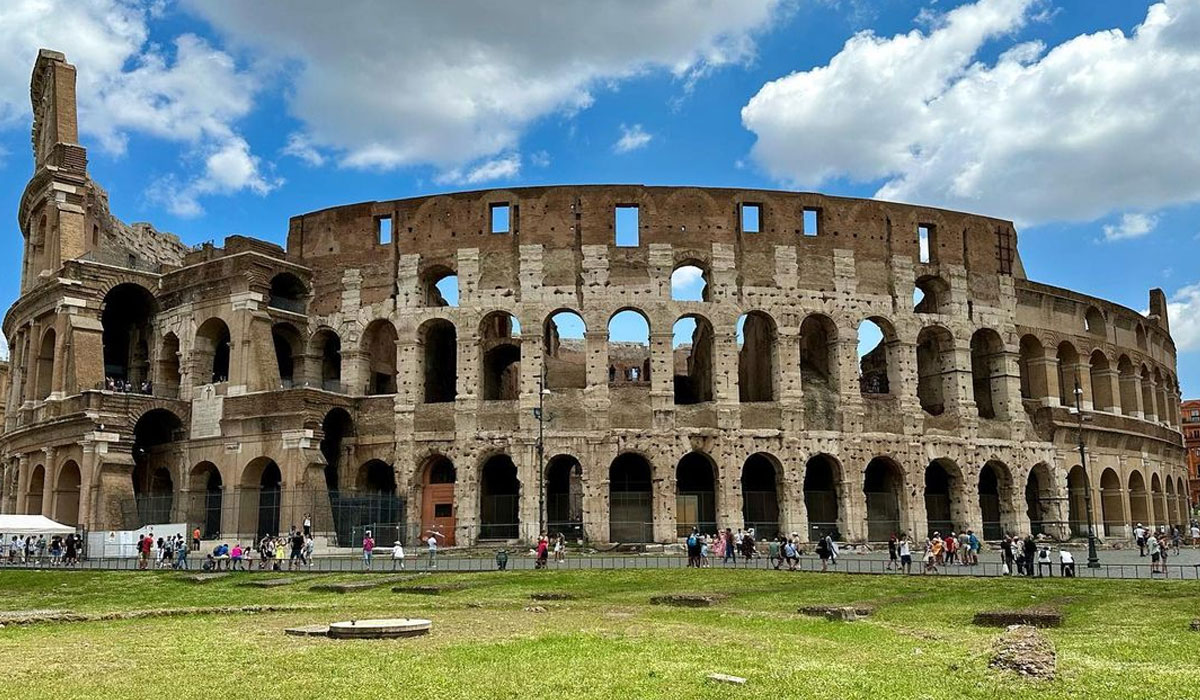
The Roman Colosseum, famous as the Flavian Amphitheatre, is one of the world’s capital’s most famous and remarkable monuments.
The Colosseum is the main symbol of Rome, and over 6 million people visit it. It’s a beautiful construction that will bring you back in time with it’s almost 2,000 years of Roman history. This is one of the most Impressive Archaeological Sites To Visit Once In a Lifetime that lets you discover the way of life and rich history of the Roman Empire. The construction of this Colosseum in Rome started in the year 72 under the empire of Vespasian. The monument was later finished in the year 80 during the rule of the emperor Titus.
It was a beautiful construction which quickly became the greatest Roman amphitheater after its completion. This famous Roman architecture measures 188 meters in length, 57 meters in height, and 156 meters in width.
During the era of the Roman Empire, operating under the slogan of “Bread and Circuses,” the Flavian Amphitheatre, also referred to as the Roman Colosseum welcomed over 50,000 people to enjoy its finest spectacles.
The exhibitions that took place here of exotic animals, gladiator fights, recreations of battles, and executions of prisoners entertained people here for many years. Thus, the Colosseum remained active for almost more than 500 years. The last games celebrated in the Colosseum were in the 6th century. Since the 6th century, many unfortunate things happened in the Colosseum, like bombings during the world wars, lootings, and earthquakes.
Exhibiting remarkable survival instincts, the Colosseum served various purposes over the years as it was used for decades as a cemetery, storehouse, church, and even castle for nobility.
Chichen Itza – Mayan Temples in Mexico
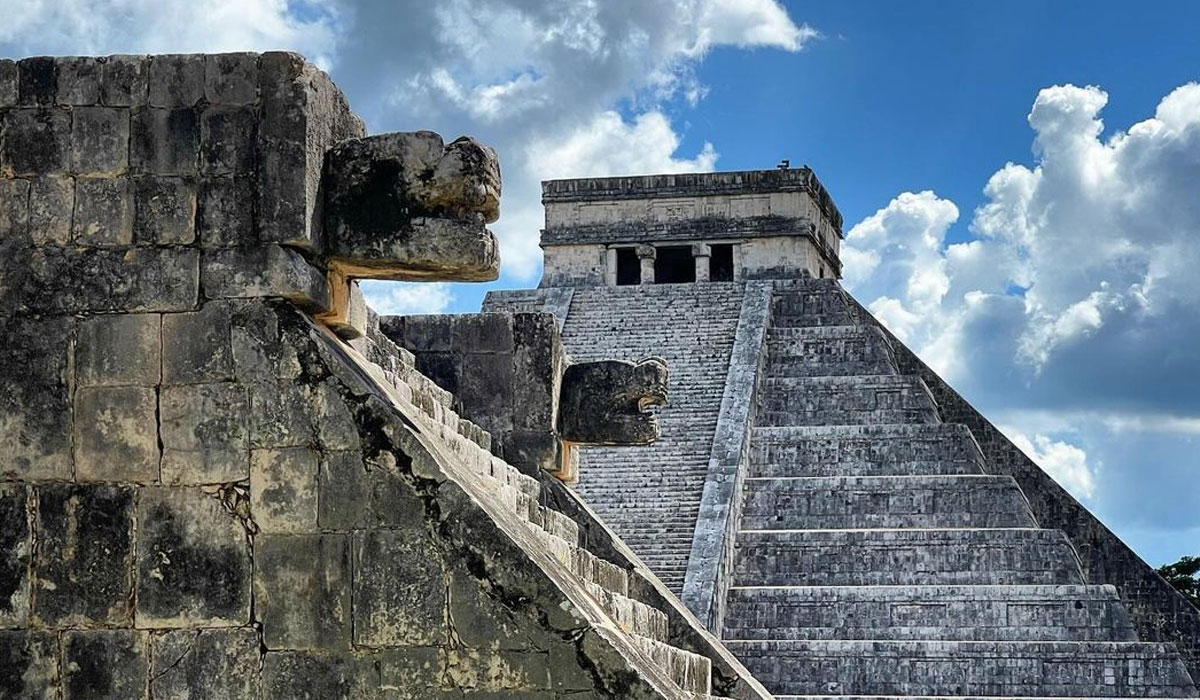
Established in 600 CE by the ancient Mayans, Chichén Itzá was a thriving metropolis in the heart of Mexico’s Yucatan Peninsula for over six centuries. During its peak time, this Archaeological Site, stretching over four miles, has up to 50,000 inhabitants. Chichen Itza, an ancient Mayan metropolis, was the most important capital during the classic period (AD 600 – 750). Still, many of the ancient city’s ruins remain, including the massive step pyramid dominating the city’s center, the Temple of Kukulcán or El Castillo.
All the remarkable Mayan ruins of Chichen Itza lies in the Yucatan jungle and have been listed in the list of UNESCO World Heritage site, too. Moreover, Chichen Itza was also named as one of the “New 7 Wonders of the World.” in 2001.
Pompeii – Roman City Preserved in Ash
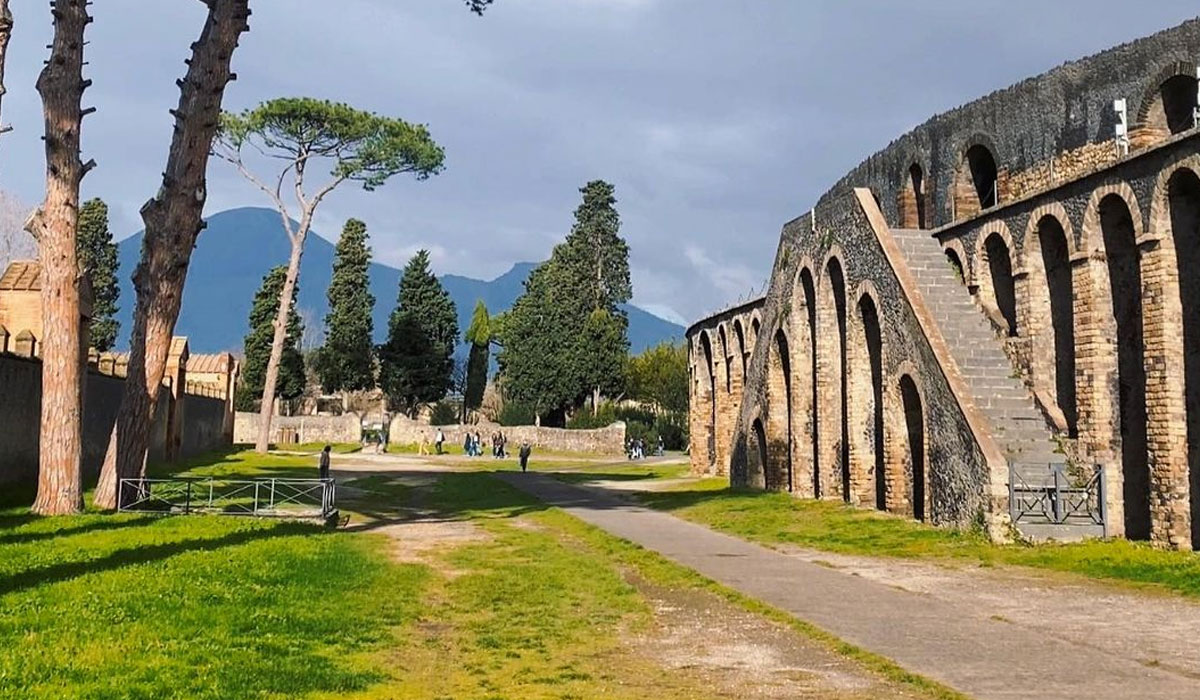
Pompeii is one of the remarkable and most significant proofs of the Roman civilization. This architectural site is like an open book, providing an outstanding outlook of the Roman Empire’s art, history, customs, everyday lives, and trades.
In 79 CE, Mount Vesuvius erupted and buried the ancient Roman city of Pompeii, located near modern-day Naples, Italy.
The city is believed to have been buried under layers of ash and pumice. Later, it offered a remarkable window into the daily lives of the patricians and plebeians who once inhabited this thriving settlement. The built city was rediscovered by explorers looking for ancient artifacts in 1748. They found the city’s well-preserved streets, frescoes, houses, foods, jewelry, household objects, and animal and human remains during their research.
According to scholarly estimates, approximately 12,000 individuals are believed to have resided in Pompeii when the volcanic eruption occurred.
Located approximately five miles from the mountain, Pompeii boasts several houses, villas, and a grand amphitheater with a seating capacity of 20,000. The city also has several other modest manufacturing units, skilled craftsman workshops, taverns and cafés, brothels, and bathhouses for relaxation and indulgence.
The beautiful architecture of Pompeii still amuses its visitors with its main highlights like Roman mosaics in the House of the Faun, well-preserved frescoes at the Villa of the Mysteries, one of the city’s largest dwellings, brothel ruins, the House of the Vettii, the Forum of Pompeii and many more.
Tomb of Qin Shi Huangdi
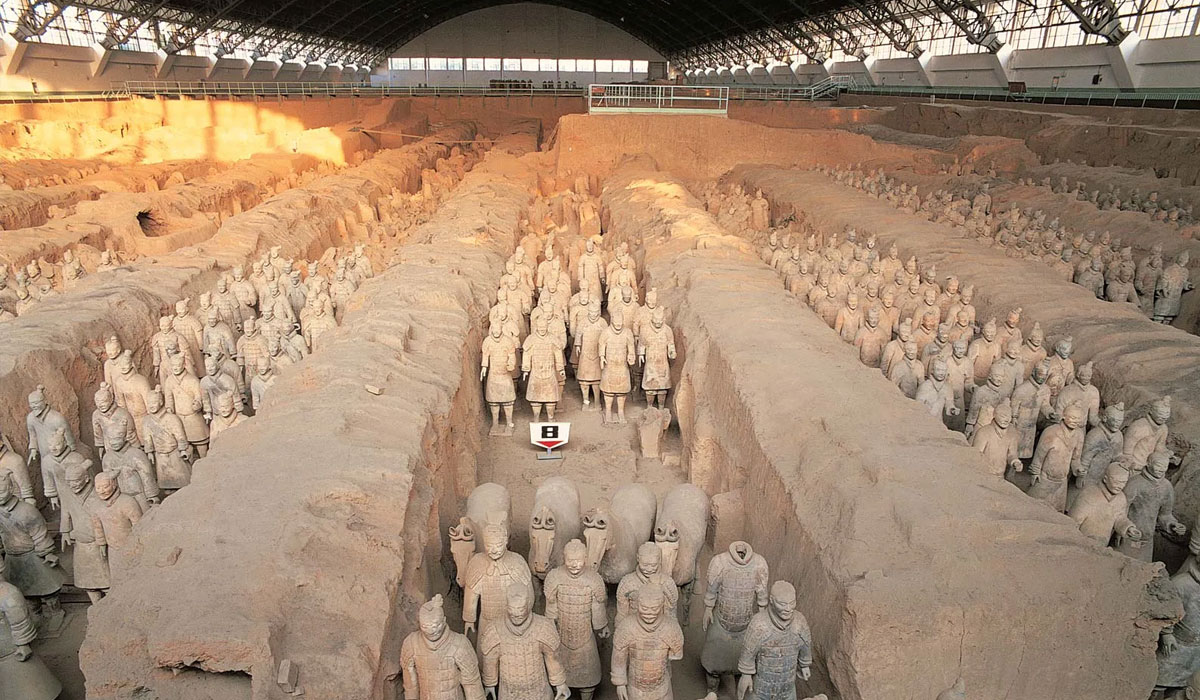
Located just nineteen miles from Xian, China lies the tomb of Qin Shi Huangdi, China’s inaugural emperor. He was a ruthless and famous autocrat who ruled from 221 BCE until his death 11 years later. On the top of the burial chamber, you will find a pyramid-shaped mound stretching nearly one mile around its base and rising to a height of 165 feet, a mere fraction of its original towering stature at 400 feet. Inside the mausoleum consists of a scale model of the capital city, mercury-filled rivers, and a planetarium with constellations made up of pearls.
Since this Archaeological Site has not been mined, much remains unknown about the tomb. However, another fascination architecture found here is the group of an army of more than 8,000 life-size terracotta warriors and their horses.
This terracotta army, which archaeologists have not unearthed, is believed to protect the king’s tomb in this life and sever the next one.
The Emperor Qin Shi Huang’s tomb complex is one of the Impressive Archaeological Sites To Visit Once In a Lifetime. It was the first attraction of China to be included in the UNESCO World Heritage Sites in 1987.
Teotihuacan – City of the Gods in Mexico
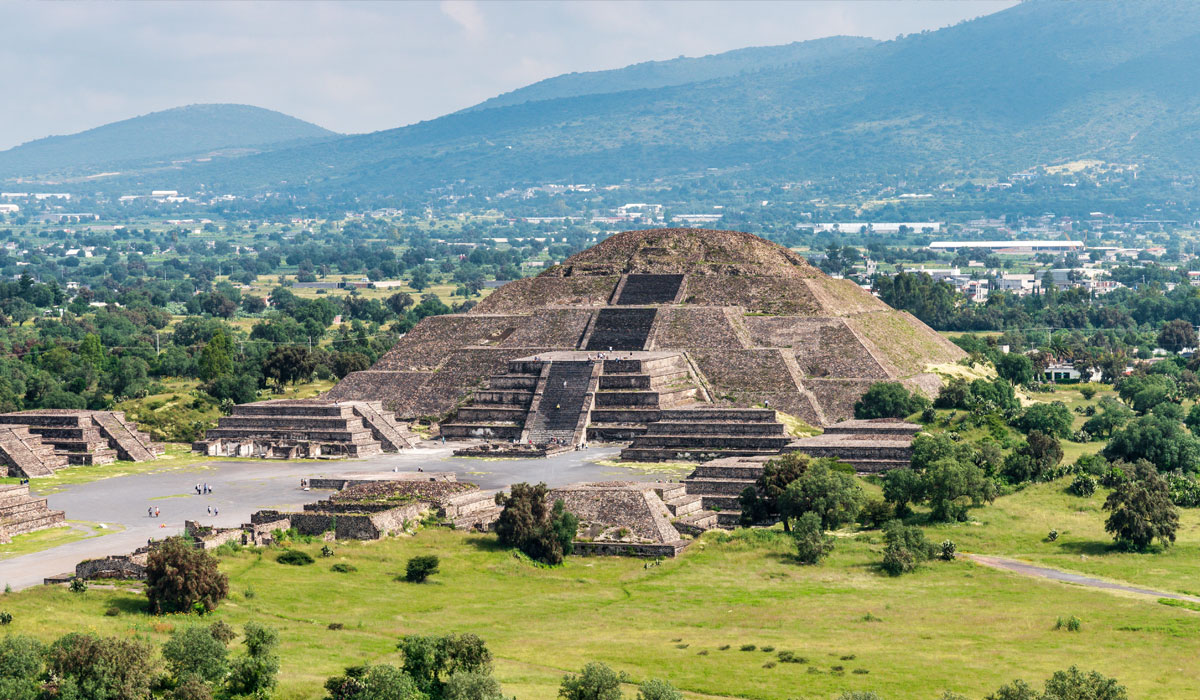
Teotihuacan was the largest pre-Columbian city in the Americas, with around 250,000 inhabitants. Often called the city of gods, this pre-Columbian city thrived between 300 BCE and 1000 CE in the valley of Mexico.
Teotihuacan is one of the Impressive Archaeological Sites, including the Temple of the Feathered Serpent and flat-topped temples. Moreover, it is the same place where ancient human remains have been discovered, shoring the possible evidence of the ritual human sacrifices to bless the temple.
Some of the must-see monuments here include the Pyramid of the Moon and the Pyramid of the Sun. Legend has it that the Pyramid of the Sun designates where the beginning of time took place.
Angkor Wat – Jewel of the Khmer Empire in Cambodia

Angkor, an ancient Hindu-Buddhist megalopolis, was the biggest preindustrial settlement that existed in the world. This place was populated with more than one million people. Currently located in Cambodia, Angkor was constructed by the god-king Suryavarman II.
Similarly, the place also served as the Khmer Empire’s capital city from 800 to 1200 CE. Angkor’s barista’s great hydraulic system included greatly built reservoirs, canals, and tanks that provided a constant water supply. It’s the hydraulic system.
It was unmatched, which allowed the city to flourish among others.
The city’s abandonment occurred only in the 15th century, triggered by an invasion by foreign attackers. The Khmer monarchs were seen as embodying dual roles of gods and humans, and each undertook the construction of a temple as an expression of their divine connection. The location includes dozens of temples and monuments, including the Angkor Wat.
These architectural marvels are known for their iconic silhouette with ascending conical towers and faces carved onto their facade. Even after the city’s abandonment, Angkor Wat remained an active Buddhist sanctuary.
In a collective decision made in 1992, the architectural treasures of Angkor were designated as a UNESCO World Heritage Site.
Taj Mahal, Agra
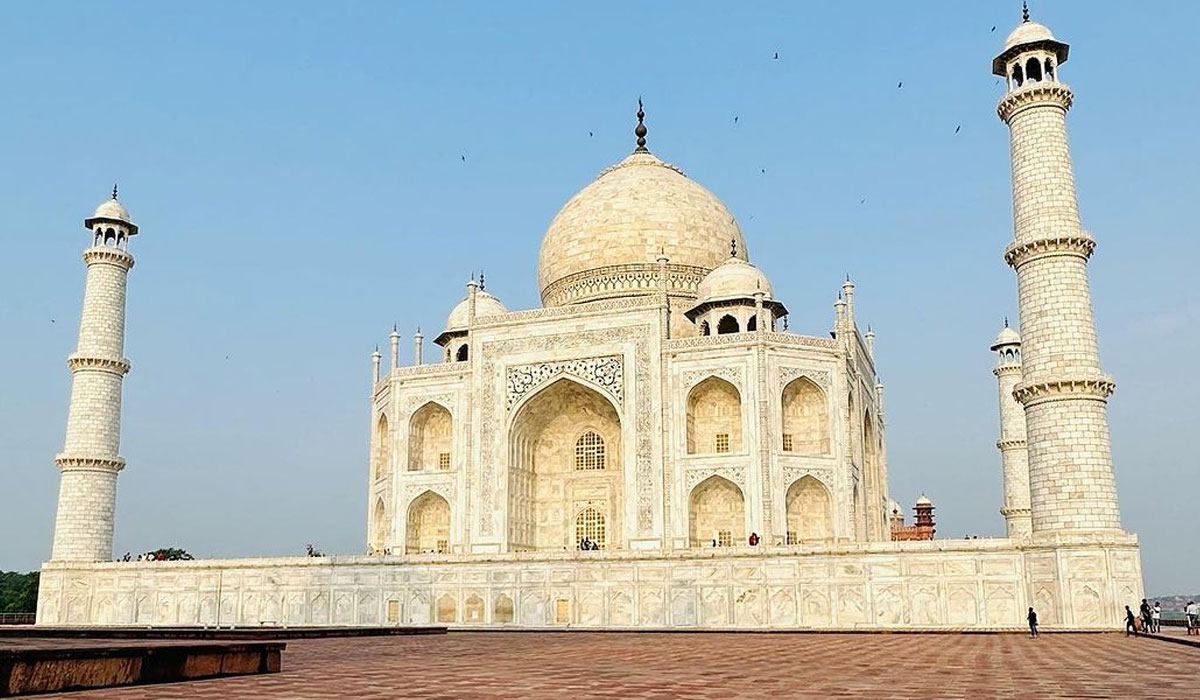
Famous as one of the world’s seven wonders, the Taj Mahal lies on the banks of River Yamuna in Agra, India. The Mughal Emperor Shah Jahan constructed this remarkable Archaeological marvel in memory of his beloved third wife, Mumtaz Mahal. The Mahal, too, houses the Shah Jahan’s tomb himself.
The Taj Mahal is among the most beautiful and must-visit Archaeological Sites. It is made up of white marble from the 17th century. Every year, more than a million travelers pass through these magnificent gates of Taj Mal just to glimpse this magnificent monument in Agra.
Also listed as A UNESCO World Heritage Site, the Taj Mahal in India means Crown of Palaces in Persian. During your visit here, you will notice a tomb inside the Mahal laid out in a rectangular shape. The tomb is accessible via the grand gateway decorated with an arch and alcoves on both sides.
As you enter this gateway, you will encounter beautiful water channels and fountains that further enhance the monument’s magnificence. The reflection of this awe-inspiring spectacle in the Yamuna River is nothing short of poetic perfection. The Taj Mahal construction started in 1631 and took around 17 years before this monument was finally completed in 1648. This famous Archaeological Site covered approximately 42 Acres and was built with white marble collected from Makrana in Rajasthan.
The Acropolis of Athens
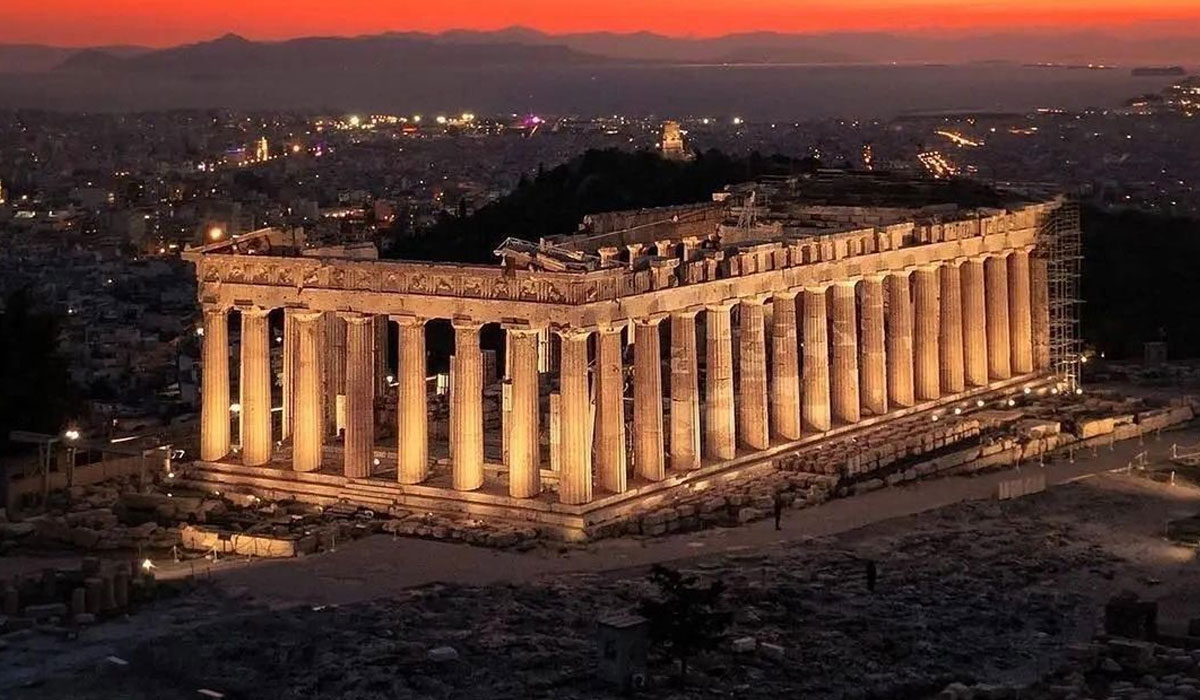
The Acropolis of Athens comprises 21 famous archaeological sites like the Erechtheum, Parthenon, the Temple of Athena Nike, and the Theater of Dionysus. The Acropolis of Athens and its monuments are considered universal symbols of civilization and classical spirit. The Acropolis of Athens may be one of the greatest architectural accomplishments of Greece’s Golden Age.
Translating to “high city” in ancient Greek terms, the construction of the Acropolis began under the leadership of the e Greek statesman and general Pericles. This impressive monument project began on a rocky prominence at a staggering height of almost 500 feet. Dating back to the 6th century BCE and spanning until about 400 BCE, this site saw a succession of construction phases.
It has left a long-lasting mark on cultural and architectural aesthetics for over two millennia, all thanks to its use of different styles and orders of Classical art. This sacred area has witnessed extensive restoration efforts and is at the heart of numerous foundational ancient Greek myths and religious celebrations. Over time, this architecture has undergone extensive restoration made necessary by pollution, age, war, neglect, and natural disasters.
In 1687, the Parthenon became a powerful and unintentional powder keg, resulting in a catastrophic explosion when an artillery shell struck it during the Morean War. Similarly, in the 1820s, during the War of Greek Independence era, the Acropolis served as a fortress, causing extensive damage. Since 1833, the Acropolis has been a dedicated archaeological site, gaining UNESCO World Heritage status in 1987.
You may also like:




